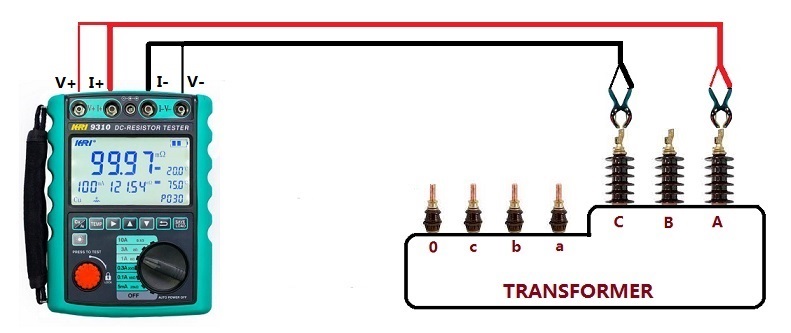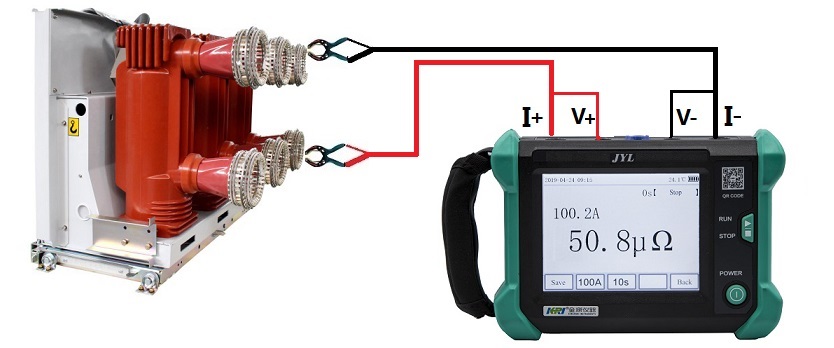What is the difference among insulation resistance, DC resistance, grounding resistance and contact resistance?
What is insulation resistance?
Insulation resistance: apply a DC voltage to the dielectric. After a certain period of polarization, the corresponding leakage current flowing through the dielectric is called insulation resistance.
Insulation resistance is the most basic insulation index for electrical equipment and electrical lines. In the low-voltage electrical installation handover test, the insulation resistance of motors, power distribution equipment and distribution lines at room temperature shall not be less than 0.5MΩ (the insulation resistance of operating equipment and wiring shall not be less than 1MΩ/kV). The insulation resistance of low-voltage electrical appliances and their connecting cables and secondary circuits should generally not be lower than 1MΩ; in a relatively humid environment, it should not be lower than 0.5MΩ; the insulation resistance of small circuit and small busbars should not be lower than 10MΩ. The insulation resistance of Class I hand-held power tools should not be less than 2MΩ.
What is the grounding resistance?
Grounding resistance is the resistance encountered when current flows from a grounding device into the ground, and then flows through the ground to another grounded body or travels far away. The unit of measurement is Ω. The size of the grounding resistance can reflect the degree of contact between the electrical device and the ground and the scale of the grounding grid.
Ground resistance measurement methods include two-wire method, three-wire method, four-wire method, single-clamp method and double-clamp method. Each of these five methods has its own characteristics. In actual measurement, try to choose the correct method and measuring instrument for measurement. The result is accurate.
What is DC winding resistance?
DC resistance is mainly used for DC resistance testing of inductive loads such as transformers, motors, CT/PT, etc. The measurement unit is mΩ. For example, the measurement of DC resistance of transformer windings is a convenient and effective test for investigating winding insulation and current loop connections. It can reflect the welding quality of the winding, the short circuit between turns of the winding, the disconnection of the winding or the lead wire, the poor contact of the tap changer and the wire, etc. In fact, it is also an effective means to judge whether the DC resistance of each phase winding is balanced. Whether the gear is correct.
The DC resistance measurement methods include: current-voltage method, DC bridge method, and three-phase winding simultaneous compression method. Now the DC resistance tester adopts the DC bridge method, which requires that the test current is not less than 1A, and the measured resistance value is very small. High test currents are common: 1A, 3A, 10A, 20A, 40A, 50A, 100A, these are for single-phase measurements only.

What is contact resistance?
Contact resistance is a parameter that characterizes whether the connection of the conductive loop is good, and the unit of measurement is μΩ. Each type of high voltage circuit breaker is assigned a range of values. If the loop resistance exceeds the specified value, it is likely that the connection of the conductive loop is poor. In the case of high current operation, the local temperature rise at contact faults increases. In severe cases, even a vicious cycle may cause oxidative burning, and more attention should be paid to circuit breakers used in high-current operation.
It is not allowed to measure the contact resistance using the bridge method and the DC voltage drop method. And the test current is greater than or equal to 100A. The Contact Resistance Tester is used to measure the contact resistance of switch equipment such as high-voltage switches and on-load switches, which can directly reflect the contact conditions of the switch contacts.

Kingrun Transformer Instrument Co.,Ltd.


More Transformer Testers from Kingrun




